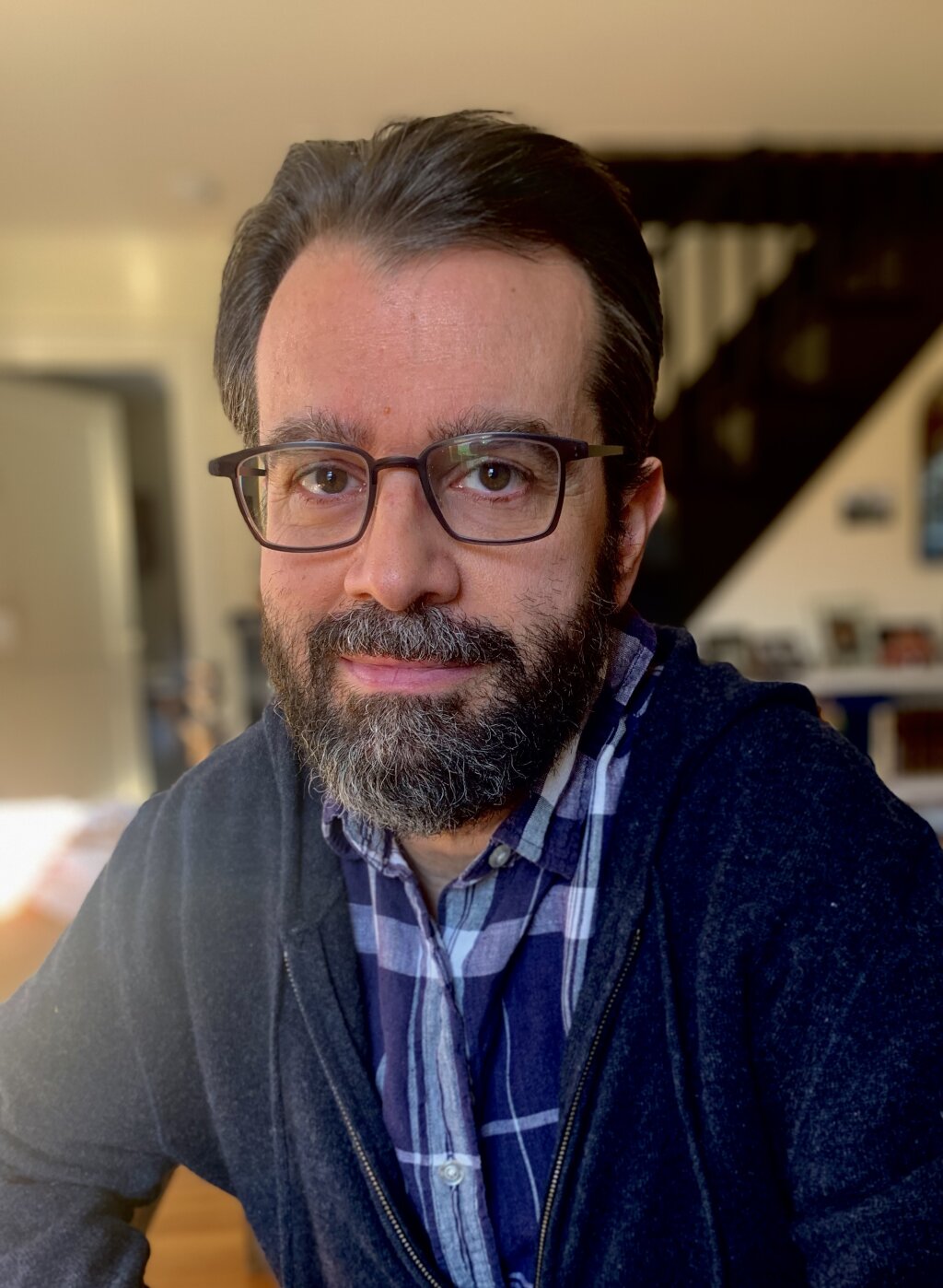Since Dr. Martin Daughtry arrived at NYU in 2007, he has been exploring the social dynamics of sound and listening in different contexts. The work he does draws from ethnomusicology, sound studies, the anthropology of the senses, and the ethnographic study of violence. Some of his longstanding research projects—on the sonic dimension of modern warfare, Soviet and post-Soviet musical practices, music in the post-9/11 world, the dynamics of the auditory imagination, and the multifaceted significance of human and nonhuman vocality—share a common thread: they all explore the capacities and limits of sonic cultures in a complex world of often-violent change. The focus on violence, implicit in his early work, has intensified in recent years, as has his engagement with sound studies. But the emphasis on (a) the efficacy and fragility of cultural processes, (b) the dynamics of listening, and (c) the persistence and transformation of sonic practices in the wake of social disruption has remained fairly consistent throughout.
Martin’s current book project, On Voice And Air: Precarious Songs of the Anthropocene, draws upon his longstanding interest in vocality, but it treats the voice less as a meaning-saturated sound that humans make, and more as a form of consequential gaseous exchange that involves humans, nonhuman creatures, machines, and geological processes. Your voice involves sound, but it also involves a billowing of air from your body that creates a state of co-vulnerability between you and those near you. You inhale, and tiny particulates from cars and power plants and nuclear tests enter your body and begin slowly killing you. You sing out, and a microbial swarm is released. Voices express thoughts, but they also “express” particulate matter into the atmosphere. As such, voices are tied into cultural and environmental processes. Our gaseous emissions tell stories, whether they are coming from our mouths or our livestock or our car exhausts or our landfills. In this book, he tries to relate some of these stories—stories told by human and nonhuman voices, stories told in sound and beyond sound, stories about intimate encounters and about the end of the world.
Martin and his students wrestle with a lot of these issues in the classroom. They ask questions like: what kind of work does your voice do when you project it out into the world? What are the cultural, material, and environmental factors that shape the way you listen to music, or to non-music? (And how do you decide which is which, anyway?). How does sound create social space? How do spaces inflect your perceptions of sounds? What happens when music becomes weaponized? How can music participate in the processes of reconciliation? How does listening relate to looking, smelling, touching? How can music alter your perception of time? When you hear music in your head, how does it get there, and what does it sound like? What music gives you goosebumps, and why? What does climate change sound like? They explore these and other questions by reading, talking, writing, listening, singing, experimenting, and composing together.
In recent years, a lot of Martin’s undergraduate teaching has been centered around jazz and related improvisational musics. He is thrilled and humbled to be able to introduce NYU students to the rich history of this music—and to be able to do so in New York City, the jazz capital of the world. Martin and his students invite some of the world’s greatest living jazz musicians into the classroom, and they venture out to hear the music in some of the world’s greatest clubs—many of which are a short walk away from campus. Jazz music opens a window onto multiple histories: of New York, of the US, of African American artistry, of racial and gender inequity, of cosmopolitanism, of the record industry, of globalization. But as a virtuosic improvised tradition, jazz performance can give us new insights into the improvisational dimension of all lifeforms. He believes that listening to jazz can make you a better and more thoughtful improviser, even if your improvisation involves not music, but simply walking down the street.

